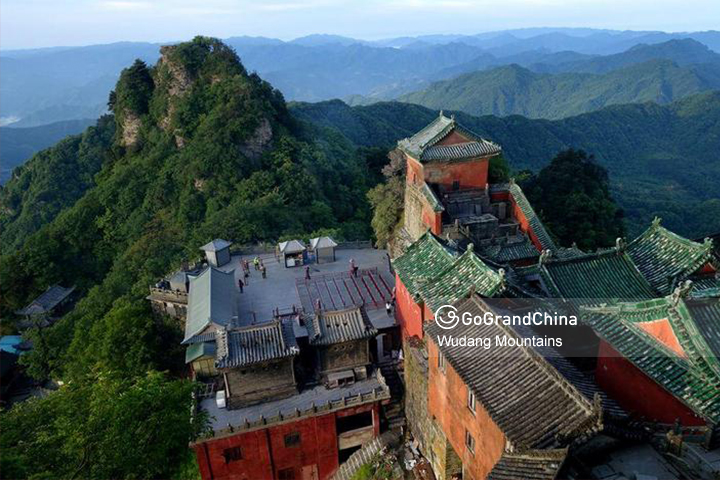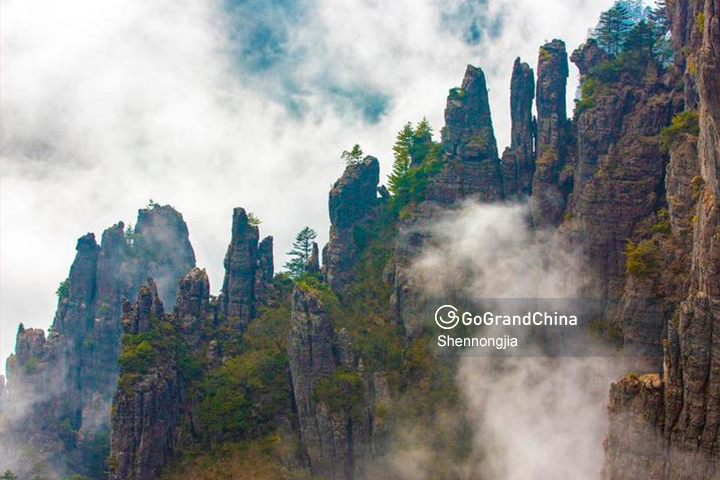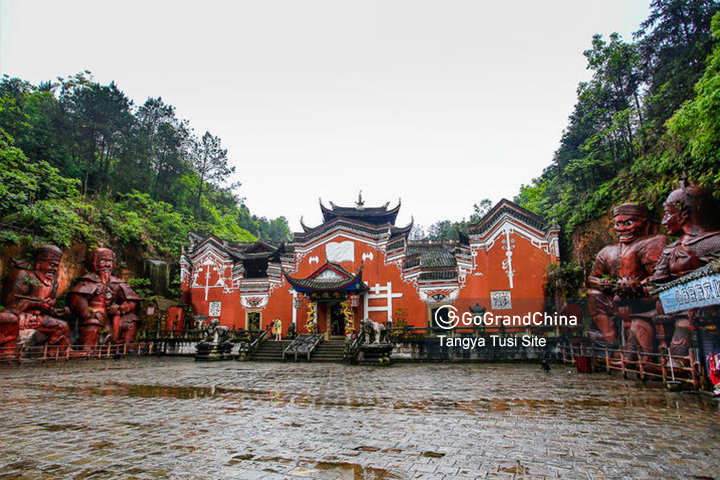UNESCO World Heritage
Introducing UNESCO World Heritage Sites in Wuhan of Hubei Province
Wuhan is the capital city of Hubei province. There are four cultural and natural places inscribed on the UNESCO World Heritage List as of 2020 in Hubei province. Ancient Building Complex in the Wudang Mountains became a World Heritage Site in 1994. Shennongjia was added in the list in 2016. Tangya Tusi Site was enlisted in 2015 as part of Tusi Sites. The Xianling Tomb of the Ming Dynasty in Zhongxiang of Hubei province was inscribed on the UNESCO World Heritage List as part of Imperial Tombs of the Ming and Qing Dynasties in 2000. If you happen to be in Wuhan or anywhere else in Hubei province, be sure to drop by these amazing UNESCO World Heritage Sites in Hubei province. Each UNESCO World Heritage Site has a tale to tell. Book GoGrandChina tour packages to learn the tales of Hubei's UNESCO World Heritage Sites at the most affordable prices.
Ancient Building Complex in the Wudang Mountains
The palaces and temples which form the nucleus of this group of secular and religious buildings exemplify the architectural and artistic achievements of China's Yuan, Ming and Qing dynasties. Situated in the scenic valleys and on the slopes of the Wudang mountains in Hubei Province, the site, which was built as an organized complex during the Ming dynasty (14th–17th centuries), contains Taoist buildings from as early as the 7th century. It represents the highest standards of Chinese art and architecture over a period of nearly 1,000 years. Please feel free to contact GGC by WhatsApp (+86-18309280878), Wechat (+86-18309280878) or email (info@GrandChinaTravel.com) for a tailor-made tour of Wudang Mountains if you are interested.

Hubei Shennongjia
Located in Hubei Province, in central-eastern China, the site consists of two components: Shennongding/Badong to the west and Laojunshan to the east. It protects the largest primary forests remaining in Central China and provides habitat for many rare animal species, such as the Chinese Giant Salamander, the Golden or Sichuan Snub-nosed Monkey, the Clouded Leopard, Common Leopard and the Asian Black Bear. Hubei Shennongjia is one of three centres of biodiversity in China. The site features prominently in the history of botanical research and was the object of international plant collecting expeditions in the 19th and 20th centuries. Please feel free to contact GGC by WhatsApp (+86-18309280878), Wechat (+86-18309280878) or email (info@GrandChinaTravel.com) for a tailor-made tour of Shennongjia if you are interested.

Tangya Tusi Site
Located in the mountainous areas of south-west China, this property encompasses remains of several tribal domains whose chiefs were appointed by the central government as ‘Tusi’, hereditary rulers from the 13th to the early 20thcentury. The Tusi system arose from the ethnic minorities’ dynastic systems of government dating back to the 3rd century BCE. Its purpose was to unify national administration, while allowing ethnic minorities to retain their customs and way of life. The sites of Laosicheng, Tangya and Hailongtun Fortress that make up the site bear exceptional testimony to this form of governance, which derived from the Chinese civilization of the Yuan and Ming periods. The Tangya Tusi Site in Hubei Province is located approximately 630km away from Wuhan. Please feel free to contact GGC by WhatsApp (+86-18309280878), Wechat (+86-18309280878) or email (info@GrandChinaTravel.com) for a tailor-made tour of Tangya Tusi Site if you are interested.

There are no products matching the selection.
